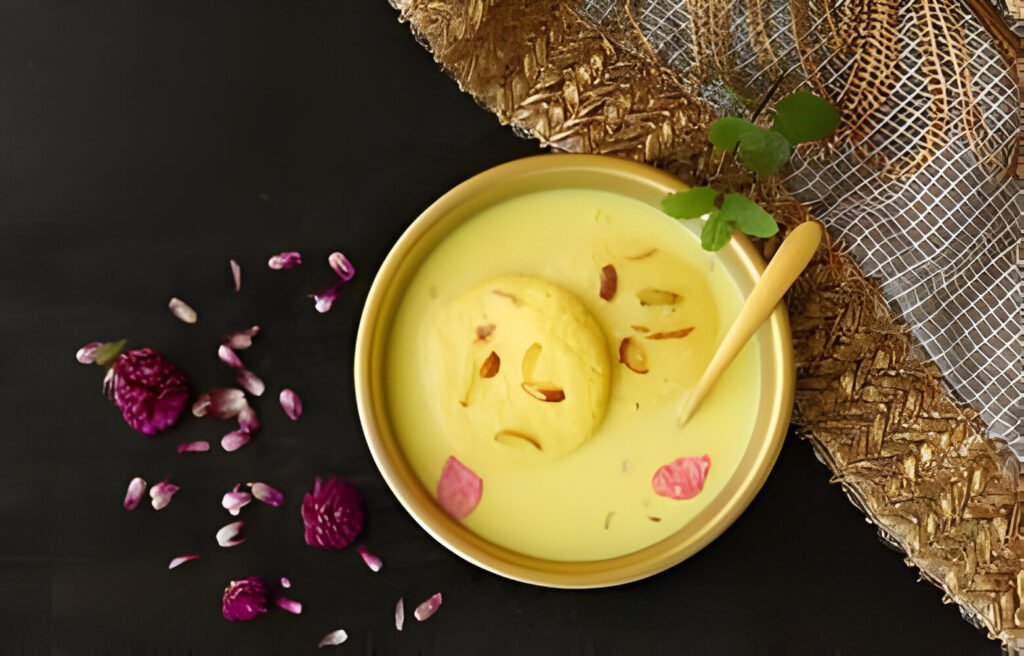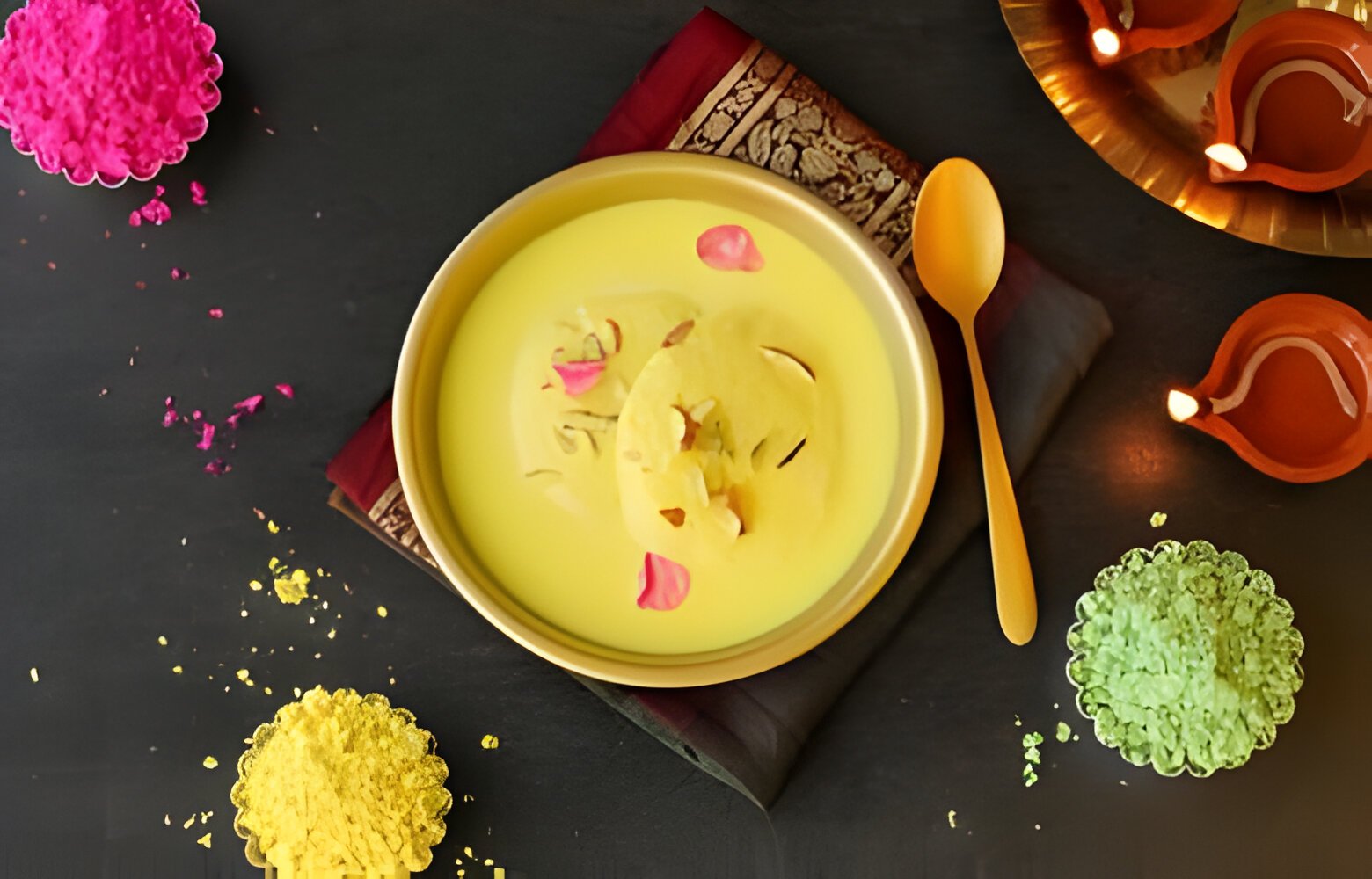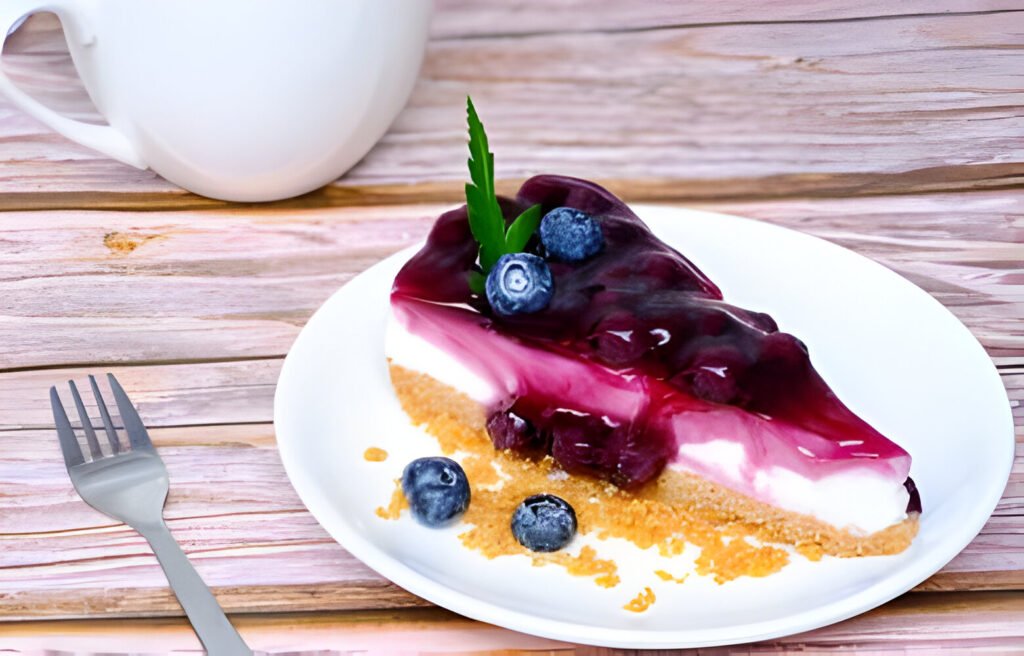Rasmalai, with its velvety textures and exquisite flavours, is a quintessential Indian dessert that never fails to captivate the senses. While it may seem like a complex delicacy reserved for special occasions, the truth is that you can easily recreate this culinary masterpiece in the comfort of your kitchen. Join us as we embark on a journey to unlock the secrets of homemade Rasmalai, one delectable step at a time.
Understanding the Ingredients😍🍨
Before we dive into the recipe, let’s take a moment to familiarize ourselves with the key ingredients that make Rasmalai so irresistible:
For the Rasgullas:🍨
- Full-fat milk: The foundation of Rasmalai is curdled to create chenna, which forms the base of the rasgullas.
- Lemon juice or vinegar: Used to curdle the milk and separate the whey from the solids.
- Sugar: Sweetens the rasgullas and the syrup in which they are poached.
- Water: Used to prepare the sugar syrup for cooking the rasgullas.
For the Rabri:🎉
- Full-fat milk: Simmered and reduced to create a rich and creamy base for the Rasmalai.
- Sugar: Sweetens the rabri to taste.
- Saffron: Infuses the rabri with its distinctive aroma and golden hue.
- Cardamom powder: Adds warm, aromatic notes to the rabri.
- Chopped nuts (almonds, pistachios): Garnish the Rasmalai, adding texture and flavour.
Now that we’ve acquainted ourselves with the ingredients, let’s dive into the recipe!

Step 1: Making the Rasgullas🎉
- Curdle the milk: Pour the full-fat milk into a heavy-bottomed pan and bring it to a gentle boil over medium heat. Once the milk starts boiling, gradually reduce the heat and add lemon juice or vinegar while stirring. Add the lemon juice or vinegar until the milk curdles entirely and the whey (greenish liquid) separates from the solids.
- Strain the mixture: Once the milk has fully curdled, turn off the heat and strain the mixture through a muslin cloth or a fine sieve. Rinse the chenna (milk solids) under cold water to remove the sourness of the lemon juice or vinegar.
- Drain excess water: Gather the ends of the muslin cloth and twist it gently to squeeze out any excess water from the chenna. Hang the fabric containing the chenna for about 30 minutes to allow it to drain further.
- Knead the chenna: After 30 minutes, transfer it to a clean surface and knead it gently with the heel of your hand until it becomes smooth and soft. This will help in achieving a smooth texture for the rasgullas.
- Shape the rasgullas: Divide the kneaded chenna into small portions and roll them between your palms to form smooth balls. Press each ball gently to flatten it slightly, giving it the shape of a disc or a patty.
- Prepare the sugar syrup: In a separate pot, combine sugar and water, and bring the mixture to a boil over medium heat. Stir until the sugar dissolves completely and the syrup comes to a rolling boil.
- Cook the rasgullas: Gently drop the shaped chenna balls into the boiling sugar syrup, making sure not to overcrowd the pot. Cover with a lid and let the rasgullas cook for 15-20 minutes on medium heat. During this time, the rasgullas will double in size and become soft and spongy.
- Cool and squeeze: Once cooked, remove the rasgullas from the syrup and let them cool for a few minutes. Then, gently squeeze each rasgulla to remove excess syrup, not breaking them. Place the squeezed rasgullas on a plate and set aside while we prepare the rabri.
Step 2: Making the Rabri🎉
- Simmer the milk: Pour the full-fat milk into a heavy-bottomed pan and bring it to a boil over medium heat. Once the milk starts boiling, reduce the heat to low and let it simmer, stirring occasionally to prevent it from sticking to the bottom of the pan.
- Reduce the milk: Continue simmering until it reaches about half its original volume, thickening to a creamy consistency. This process can take anywhere from 45 minutes to an hour, depending on the quantity of milk and the heat intensity.
- Sweeten and flavour: Once the milk has reduced sufficiently, add sugar, saffron strands, and cardamom powder to taste. Stir well to combine, allowing the sugar to dissolve completely and the flavours to meld together.
- Add nuts: For an extra touch of indulgence, add a handful of chopped nuts, such as almonds and pistachios, to the rabri. Stir them in gently, reserving some for garnishing later.
- Cool the rabri: Once the fabric has reached the desired consistency and flavour, remove it from the heat and let it cool to room temperature. It will thicken further as it cools, achieving a velvety texture perfect for coating the rasgullas.
Step 3: Assembling the Rasmalai✨🌟
- Gently squeeze the rasgullas: Before assembling the Rasmalai, gently squeeze each rasgulla between your palms to remove any excess syrup and ensure they are soft and moist.
- Immerse in rabri: Place the squeezed rasgullas in a shallow serving dish, arranging them in a single layer. Pour the prepared rabri over the rasgullas, ensuring they are fully immersed in the creamy mixture.
- Garnish with nuts and saffron: Sprinkle the reserved chopped nuts and a few strands of saffron over the top of the assembled Rasmalai, adding a touch of elegance and visual appeal.
- Chill and serve: Refrigerate the assembled Rasmalai for at least a few hours before serving, allowing the flavours to meld together and the dessert to chill to the perfect temperature. Once chilled, serve the Rasmalai cold, savouring each spoonful of creamy goodness and revelling in the exquisite flavours and textures.
Conclusion✨🌟
Congratulations! You’ve successfully mastered making homemade Rasmalai—a decadent Indian dessert that will impress your family and friends. Whether enjoyed as a sweet ending to a festive feast or savoured as a comforting treat on a quiet evening, Rasmalai offers a taste of indulgence and luxury that is simply unparalleled. So why not treat yourself to a divine serving of Rasmalai today? Your taste buds will thank you for it!
This detailed guide provides a step-by-step approach to preparing Rasmalai at home, ensuring that each rasgulla is tender, each spoonful of rabri is creamy, and every bite is an experience to


